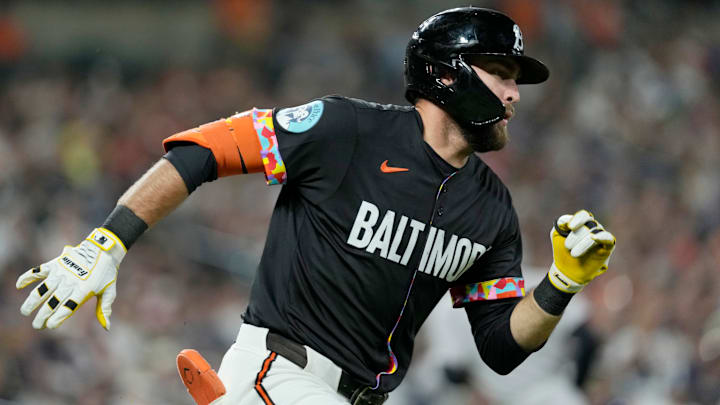The Orioles are headed into a winter of hard choices after an underwhelming 2025, and few decisions feel trickier than what to do about outfielder Colton Cowser. A year ago, he looked like a long-term pillar after finishing second in Rookie of the Year voting and posting a .768 OPS in 2024. This season, though, the bat backed up, the swing decisions wobbled, and the depth chart around him got louder. On a club intent on bouncing back immediately, every plate appearance in 2026 has to move the needle. If it doesn’t, someone else will.
That urgency collides with a complicated reality: Cowser battled through a minefield of injuries that would derail most hitters’ rhythms. Two fractured ribs from June through season’s end, a thumb fracture, and a concussion all took their toll. When your core and hands aren’t right, your bat path rarely is, and timing becomes guesswork. Baltimore has to separate what was injury noise from what might be a more troubling trend in approach.
Orioles face a tough call on Colton Cowser’s role next season
The stat line tells the story of a stop-start year: .196/.269/.385 with 16 home runs and 40 RBIs in 92 games. The power flashes stayed, but the on-base and contact skills cratered. Most glaring, pitchers buried him in spin — his whiff rate against breaking balls jumped to nearly 48 percent, and once that book got out, he saw a steady diet of sliders and curveballs until the lights went out. If he can’t close that hole, opponents will keep pulling the same lever.
Layer the injury context back in, and you can see how the mechanics unraveled. Guarding the rib cage can shorten the torso’s rotation, flatten the bat through the zone, and rob a hitter of adjustability on late-breaking pitches. None of that absolves the results, but it explains how a player who looked like an everyday answer in 2024 could spend much of 2025 playing catch-up.
Roster pressure only tightens the screws. Dylan Beavers brought legitimate life in his 2025 call-up, slashing .227/.375/.400 with four homers and 14 RBIs while giving the lineup quality, pesky plate appearances. Jeremiah Jackson’s bat showed up, and his ability to move between the outfield and the infield adds bench value managers crave over a 162-game grind. Add in the likelihood that Baltimore shops aggressively for an outfield bat after a disappointing finish, and the path to an everyday job gets crowded fast.
Contract status won’t shield him, either. Cowser still has a pre-arbitration year ahead, which makes him inexpensive — but cheap isn’t the same as indispensable on a team trying to win now. That control cuts both ways: it gives the Orioles a reason to keep betting on the upside, and it makes him a viable trade chip if the front office believes the roster needs a different look or a more reliable offensive profile in the corners.
So what keeps him in the picture? Defense and power upside are still real, and the fixable nature of his flaws offers a blueprint. The offseason to-do list writes itself: rebuild the foundation with healthy core work, tighten swing decisions to hunt fastballs earlier in counts, and attack the breaking-ball hole with high-rep machine work that forces him to let the ball travel and drive it to the big part of the park.
In the end, 2026 spring training could function as a referendum. If Cowser shows he’s healthy and the breaking-ball plan sticks, he’ll look like the same impact outfielder who surged in 2024. If not, Baltimore’s depth and an aggressive offseason may squeeze him into a fourth-outfielder role or onto someone else’s depth chart. The organization still believes in the player. Now it’s on the player to make sure belief isn’t the only thing keeping him in the lineup.
